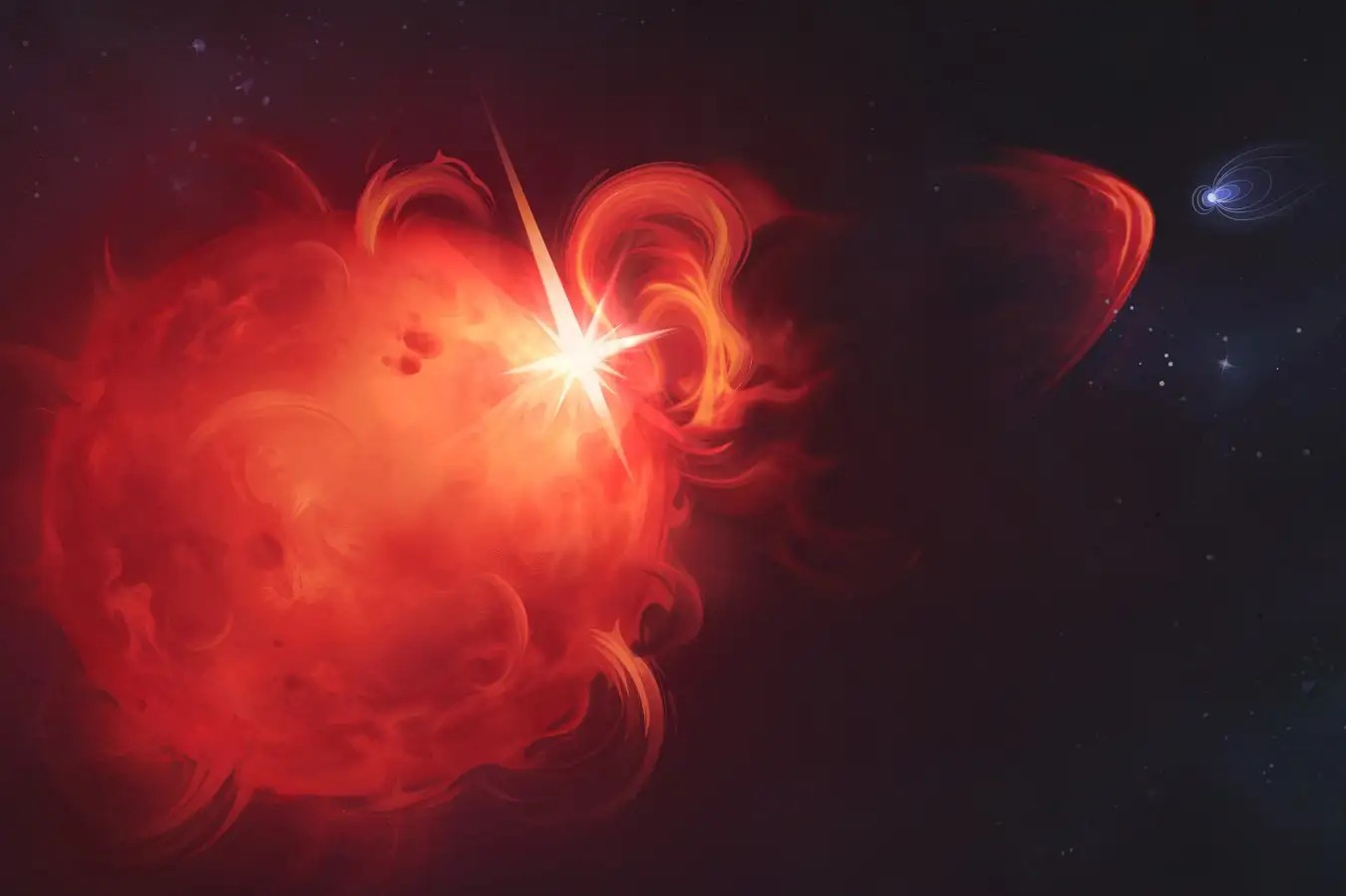Astronomers have finally caught a definitive glimpse of a coronal mass ejection (CME) erupting from a star beyond our sun, providing vital new insights into stellar behavior and the potential dangers to life on distant planets. This groundbreaking observation was made possible by using Earth-based radio telescopes and space-based X-ray observatories to track a massive cloud of magnetized plasma expelled from a star named StKM 1-1262, located 130 light years away.
CMEs, like dramatic stellar sneezes, occur when powerful storms on a star’s surface hurl vast bubbles of plasma into space. These eruptions are familiar to us here on Earth as the source of auroras – the beautiful glowing curtains that dance across our polar skies. On closer inspection however, CMEs can be incredibly destructive, stripping away atmospheres from planets lacking robust magnetic shields like Venus.
For decades, astronomers had suspected that distant stars also produced CMEs based on subtle hints gleaned from observations. However, they struggled to definitively prove whether this material truly escaped the star’s gravitational and magnetic pull, or simply surged upward before being drawn back in by these powerful forces.
This new study, led by Joseph Callingham at the Netherlands Institute for Radio Astronomy, used the Low Frequency Array (LOFAR) radio telescope in the Netherlands to detect a burst of radio waves emanating from the CME as it journeyed through space. The presence of these specific signals suggests the ejection had successfully broken free from StKM 1-1262’s grip.
To further confirm their findings, the team also utilized data from the XMM-Newton space-based X-ray telescope to meticulously analyze the star’s temperature, rotation speed, and brightness. These measurements provided a crucial backdrop for understanding the CME’s dynamics and origins.
Callingham emphasizes that while earlier observations hinted at the occurrence of CMEs on distant stars, this new data provides irrefutable evidence. “We could argue that we’ve had hints for 30 years, and that’s true,” he explains, “but we never explicitly proved it. We’re saying that mass has been ejected, has been lost from the star, and that’s always been a debate in the literature.”
This discovery carries profound implications for understanding how stars evolve and interact with their surroundings. Anthony Yeates, an astrophysicist at Durham University in the UK, highlights the importance of incorporating this knowledge into models evaluating the potential habitability of exoplanets – planets orbiting distant stars. “If there was an exoplanet, it would have been quite catastrophic for any life on it,” he cautions, referencing the potentially devastating impact of such a powerful radiation burst on a nearby planet.
This landmark discovery opens up new avenues for exploration in stellar astrophysics and planetary science, prompting scientists to scrutinize the frequency and intensity of CMEs from distant stars with renewed vigor. This ongoing research will undoubtedly shed further light on the turbulent lives of stars and their potential influence on the formation and evolution of life across the cosmos.
